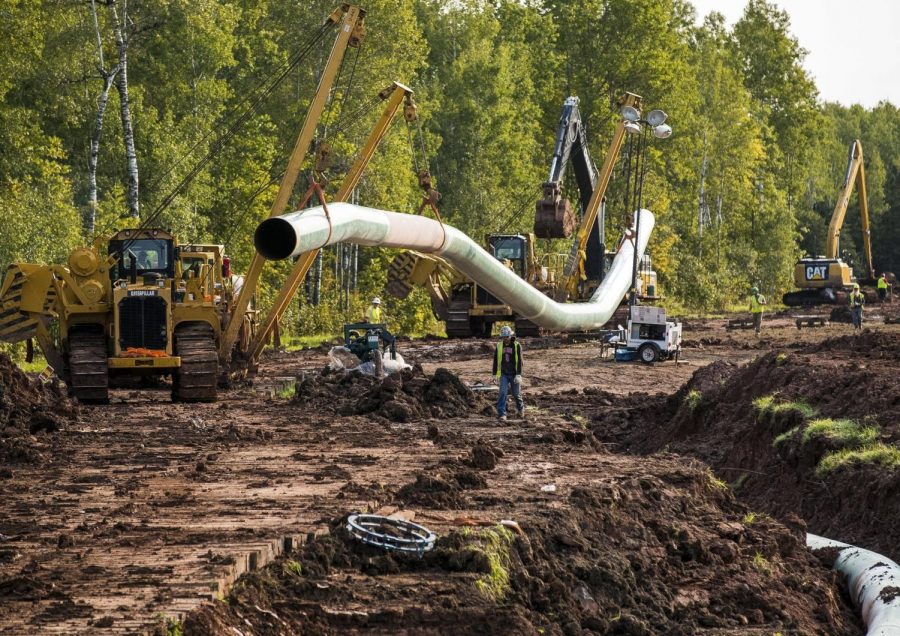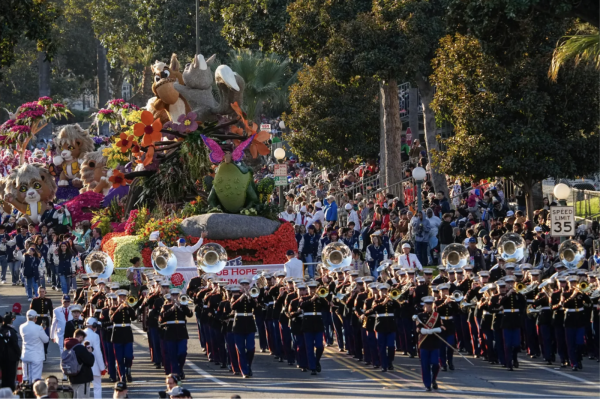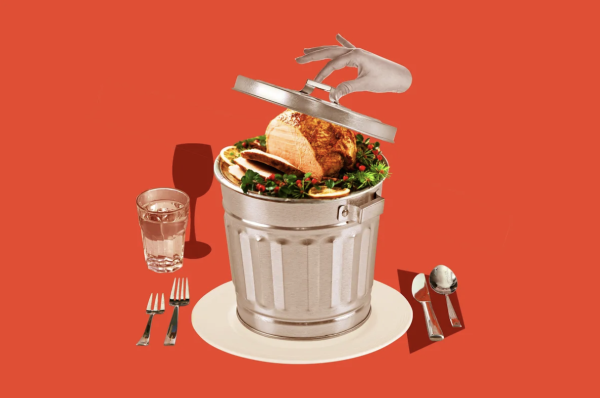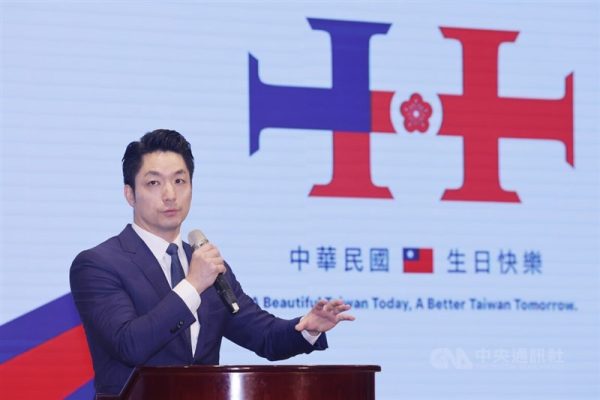What is Line 3?
Photo courtesy Derek Montgomery
Construction of the Line 3 Oil Pipeline
On March 3, 1991, a pipeline running through Minnesota ruptured on a wetland near Grand Rapids, spilling oil into the Prairie River. This pipeline, called Line 3, is now being expanded, and will bring nearly a million barrels of pollutive tar sands through protected indigenous peoples’ land. Proposed by the Canadian pipeline company Enbridge, it seeks to replace the original Line 3 built in the 1960s, which was made with defective steel and is severely corroded. The new pipeline would follow the existing oil line to Park Rapids, Minnesota, but after that, the new Line 3 would create a corridor that exposes a new area of lakes, wild rice waters and wildlife habitat to possible environmental degradation. Enbridge says “replacing” the old Line 3 is the best way to prevent future spills while continuing to meet U.S. energy needs, insisting the new pipe is necessary to “restore the historical operating capabilities of Line 3.” [1] The aging pipeline is operating at roughly half of its original capacity after a series of serious accidents, including a huge oil spill and an explosion that killed two people.
According to the Stop Line 3 website, “Its carbon footprint would exceed the entire state of Minnesota’s,” and oil pipelines would frequently be in danger of breaking and spilling, harming the planet.[2] The path Enbridge has planned would be constructed through land that is protected by the treaty rights of the Anishinaabe peoples. The pipeline violates several treaties with the Ojibwe people that protect their rights to hunt, fish, and gather along the proposed route. It additionally goes through indigenous wild rice watersheds. This wild rice protects water quality, reduces harmful algae blooms, and has great cultural importance for Anishinaabe tribes that are living in the area.
Protesters from all over America have been fighting for six years to stop the building of the pipeline, but momentum has picked up recently as construction nears completion. Joe Hill, a Turtle Clan Seneca who lives on the Cattaraugus Reservation near Buffalo, New York, arrived in Minnesota on Dec. 15, 2020, just as Enbridge was receiving its final permits to begin construction. He spent much of the winter, including many sub-zero nights, in a yurt about 100 yards from Line 3, as an act of solidarity with the Anishinaabe. “This pipeline isn’t just about this place or the Anishinaabe or the wild rice,” Hill said. “It’s about the world and what will happen if we don’t shut the tar sands down.” [3] On August 21, activists protested in front of the Governor’s Residence in St. Paul, demanding that he take action to stop the construction. Taysha Martineau, one of the Anishinaabe women leading the resistance to Line 3, chained herself through the bars of Governor Walz’s front gate. In a press release about her actions, she said, “I’m here locked to the fence demanding that Governor Tim Walz speak to us. We’re calling on Governor Walz to pull the permits for Line 3 and demanding a federal Environmental Impact Statement for the project. Water protectors marched 256 miles from the headwaters of the Mississippi River to speak with this gentleman. He has not come to listen to their voices and so we came here. We’re here demanding that they hear us.” [4] These are only two accounts of the thousands who have protested against Line 3 over the years.
Currently, daily walks are held to physically prevent construction, and roughly two thousand people rallied at the capitol on August 26 to oppose the pipeline. However, police have become increasingly repressive during the struggle. In late July, police tear-gassed protestors, shot them with rubber bullets and cracked an individual’s head open. Over 800 people have been arrested since the pipeline was approved, and hundreds have been camping on the premises since the demonstration. Despite this, Enbridge Oil officials say they expect the line to be up and running by the end of 2021.
Now, protestors have turned towards political action. Multiple petitions and emails were drafted to convince policy makers to support the cause, but the Biden administration declined to cancel federal permits for the pipeline.[5] Although people at different levels of authority have all expressed differing opinions on this topic, little decisive work has been taken for or against the line. At this point, Line 3 will be finished before the end of the year if no significant action is taken to stop it.
To help, please visit https://www.stopline3.org/take-action.
Sources:
Grade: 10
Years on Staff: 1
Why are you writing for the Flintridge Press?
I am on the Press so I can write about current events that I think need...









